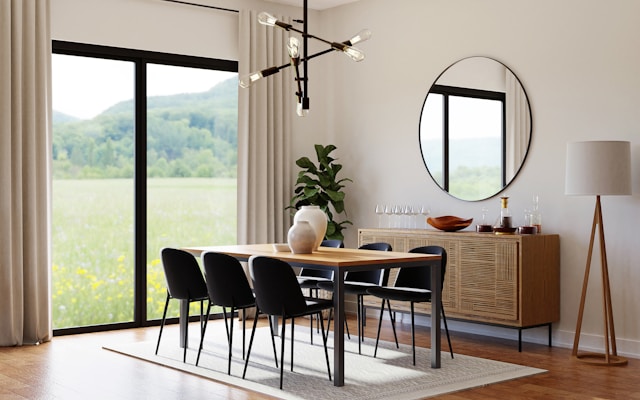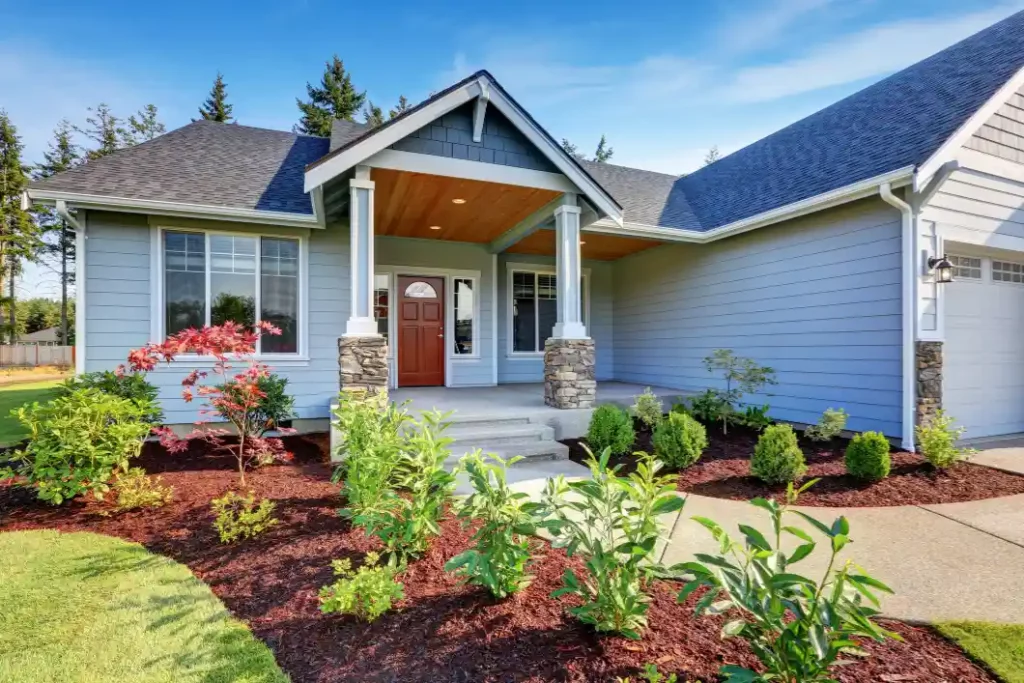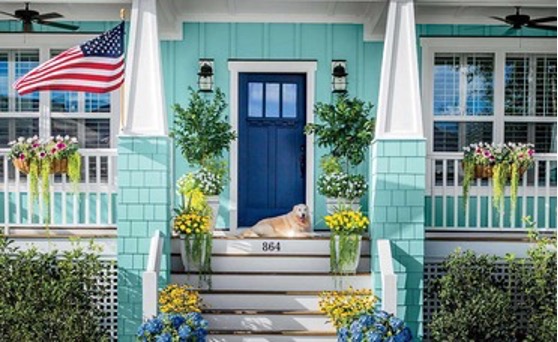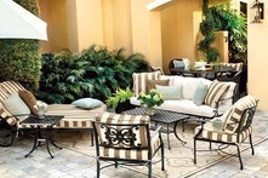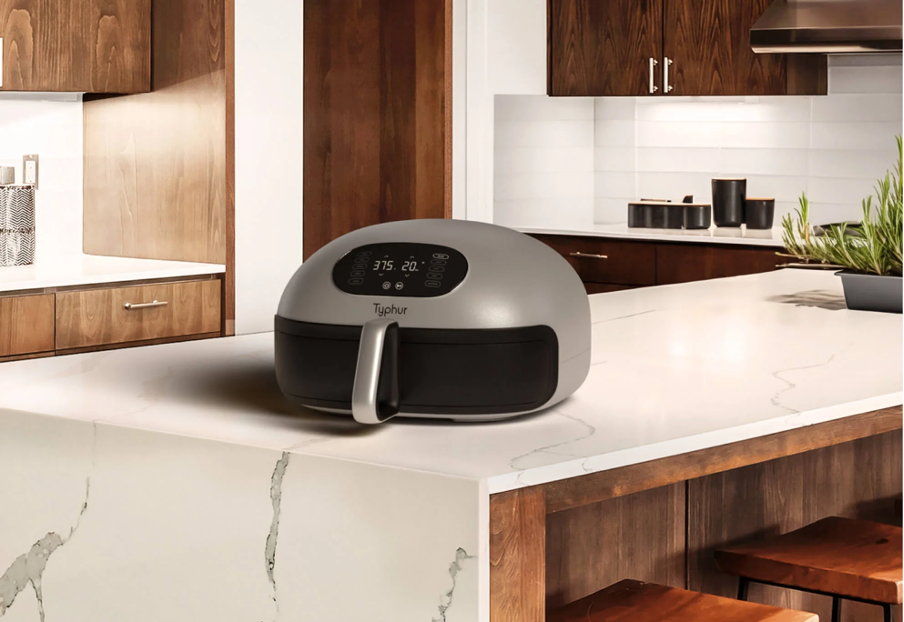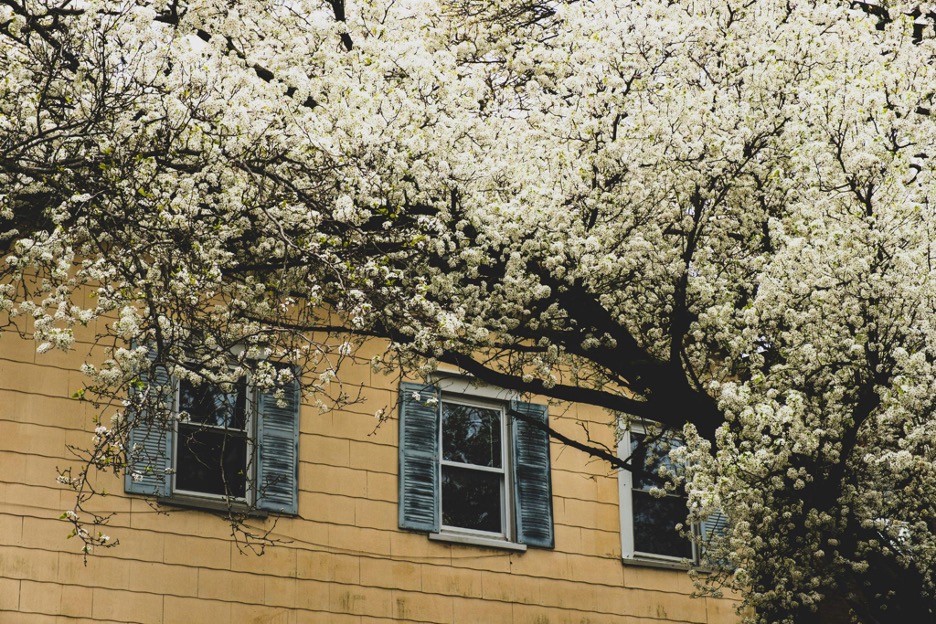The increased awareness that our planet’s resources are not infinite, has led to a larger focus on sustainable living by reducing wastefulness. The principle of sustainability is also relevant in the context of upgrading your home. Sustainable solutions offer several advantages. They enhance the air quality, improves health and conserves limited natural resources. Find out below how you can upgrade your home with sustainable solutions that balance your needs with the needs of future generations.
Durable metal sheds
Many homeowners use sheds for various storage in the backyard. When acquiring a new shed, it is important to carefully choose materials that avoid excessive waste. One solution is metal sheds as metal is normally more sustainable in the long-term due to its recycling and durable characteristics. This is a win for you and a win for nature.
Choosing a green roof
Upgrading and renovating a roof is usually a major investment for most homeowners. Choosing a green roof with vegetation improves the air quality through purification. Furthermore, green roofs offer shade and thereby reduce indoor temperatures. This is particularly important during potentially hot summer days. Green roofs also enhance the lifespan and thermal performance of the roof.
Switching to LED lightning
Traditional bulbs are still used in many homes across the United States. However, switching to LED lightning offers multiple advantages. It lowers the average energy bill as LED bulbs are more energy efficient than traditional lightning. In addition, LED bulbs are also more durable and environmentally friendly as they are made of recyclable materials. In sum, LED bulbs is a win win situation for you and nature alike.
Conserving water
Water is a critical asset that has enabled life on our planet. While most Americans take their water consumption for granted, water stress is a global challenge that needs to be addressed. There are sustainable solutions that can help homeowners conserve water while simultaneously lowering the water bill. For instance, consider choosing a low-flow showerhead, which will save water while not influencing the shower water pressure. Another solution is consider choosing a toilet that uses less water to flush. Finally, replace dripping water faucets to reduce waste and expenses.
Consider solar panels
A growing number of homeowners have discovered solar panels as an attractive eco-friendly solution. Solar panels enable the harnessing of energy from the sun even in regions with fewer sun hours per year as long as there are sufficient number of panels. Furthermore, solar energy can be stored for sun-poor and rainy days through the use of batteries. Aside from the need to keeping them clean, solar panels also do not require any significant or regular maintenance.
Home insulation
Insulating your home is an attractive sustainable solution. When done properly, insulation can help homeowners securing the optimal temperature at home. The efficiency of the insulation depends on the choice of materials. Ideally, consider eco-friendly materials like for instance sheep’s wool, which also help controlling the indoor moisture levels. Alternative sustainable materials are cork or cotton.
Pick energy-efficient appliances
Appliances like Refrigerator, washing machine, dryer, television, heating and colling are standard appliances in most American homes. It comes as no surprise that all these machines use electricity and add to your overall electricity bill. When for instance replacing an old refrigerator, it is an advantage to choose a more energy-efficient model that will keep the costs down. Such energy-conserving solution is at the same time sustainable and eco-friendly.
Upgrading to modern doors and windows
A whopping 30% of average home energy is reportedly lost through windows, according to the U.S. Department of Energy. Older drafty doors also tend to contribute to this energy loss. It is therefore financially viable to consider upgrading to modern windows and doors that are designed to maintain heated or cooled air in the home. The result will be reflected in lower energy bills and a more optimal indoor climate in your home.
Conclusion
Sustainability seeks to balance needs for comfort with the needs to preserve the environment for future generations. Sustainable upgrade solutions in your home include saving water, acquiring durable metal sheds, and upgrading to modern windows. Furthermore, green roofs, LED bulbs



